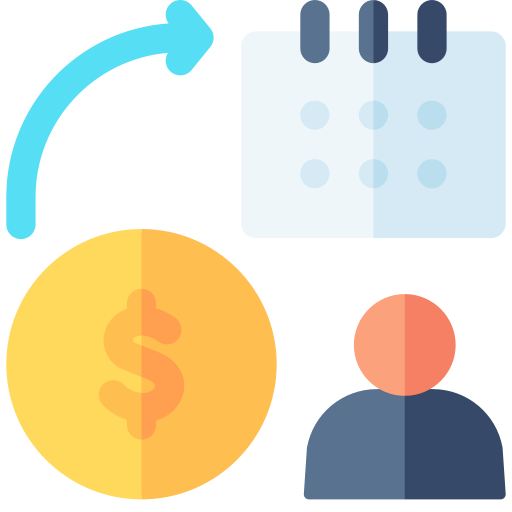
Hire Top Vue Developers Now!
Your Amazing Vue Development Technology Partner
Why to Choose Golden Eagle?
Vue JS Features That Enhance Our Development
Vue Core Services to Rely
Hire Top Vue App Developers

Vue.js for Web Application Development
Vue.js is a progressive JavaScript framework used for building modern, dynamic web applications. Its simple and flexible design allows developers to gradually adopt it into existing projects. Vue’s component-based architecture and reactive data binding make it easy to build scalable and maintainable applications. Its small size and high performance make it ideal for both small and large-scale applications.

Vue.js for Front-End Development
Vue.js is widely used in front-end development to create interactive user interfaces. Its lightweight nature and simple syntax make it easy for developers to learn and implement quickly. Vue’s powerful features, such as directives and two-way data binding, allow for dynamic UI updates. It also integrates well with other libraries and frameworks, making it ideal for complex front-end solutions.

Vue.js for Single-Page Applications (SPA)
Vue.js is an excellent choice for building single-page applications (SPAs) due to its efficient reactivity system and virtual DOM. It supports fast navigation and dynamic content loading, enhancing user experience. Vue's flexibility allows developers to structure their SPAs using components, which are reusable and easy to manage. It also offers built-in routing and state management features, simplifying SPA development.

Vue.js for Mobile Application Development
Vue.js, when used with frameworks like NativeScript or Vue Native, can be utilized for building cross-platform mobile applications. By reusing components and leveraging Vue’s reactive data binding, developers can create seamless mobile experiences. Vue’s small footprint ensures fast app performance, making it suitable for both Android and iOS apps. It’s a great option for building mobile apps with native-like features using web technologies.
Projects We Undertake

Fixed Cost Model
The Fixed Price Model is best suited for projects with well-defined requirements and a clear scope. The project cost, timeline, and deliverables are agreed upon upfront, providing clients with certainty and predictable outcomes. This model is efficient for smaller projects or those where the scope remains unchanged throughout. It is ideal for projects with minimal risks and where changes during the execution phase are unlikely.

Time & Material Model
The Time and Materials Model is designed for projects with flexible and evolving requirements. It allows clients to pay based on the actual time and resources consumed during the project. This model is effective for long-term or complex projects where the full scope may not be clearly defined from the outset. Clients gain the advantage of scalability and can make adjustments as needed during development, ensuring the final product meets evolving business needs.

Dedicated Team Model
In the Dedicated Team Model, a team of skilled professionals is allocated exclusively to a client’s project for a predetermined period. This approach offers the flexibility to scale the team up or down based on the project’s demands. It provides clients with direct control over the development process and allows for quick adaptation to changing requirements. This model is ideal for long-term engagements, where collaboration, consistency, and focus are key to success.

Milestone-Based Payment Model
The Milestone-Based Payment Model divides the project into distinct phases or milestones, with payments made after each phase’s successful completion. This approach ensures a structured timeline, reduces financial risk for both the client and the development team, and provides clients with measurable progress checkpoints. It is particularly useful for medium-sized projects, where deliverables are segmented into clearly defined stages with separate timelines and goals.
Get in Touch
We're just a message away, connect with us now





